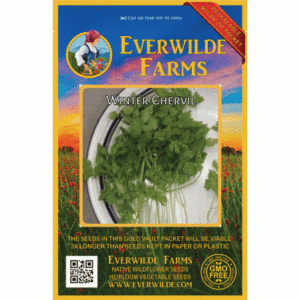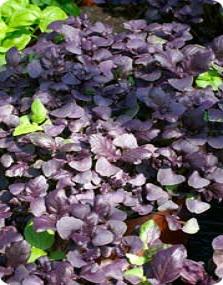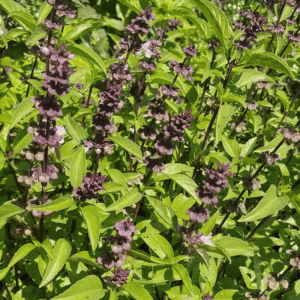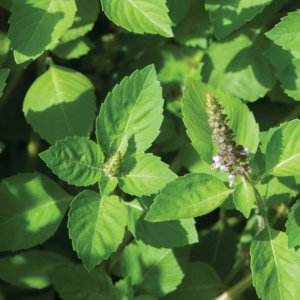حميض حجم كبير
2,000 د.ك
Large Leaf Sorrel, said to be the most strongly flavored of sorrels, is especially valued for its early appearance in spring; in centuries past, sorrel provided a necessary source of vitamins and nutrients after a long winter. Though not especially well known in North America, Europeans have made use of this versatile plant since the 17th century; it makes itself useful as a culinary herb, cut fresh for salads, or cooked for greens. French chefs in particular often include sorrel in their salads, soups, and sauces. Sorrel soup grew to be especially loved, and eventually Americans with a taste for this delicacy learned to make their own version with a native sorrel. Sorrel has proven health benefits including reducing fever, generalized inflammation, and preventing scurvy. This powerful plant provides a very good source of vitamins, including A, B, C, D, E, and K; however, it can be toxic in large quantities.
Sowing: Sorrel can be started indoors 3-4 weeks before the last spring frost. Sow the seed thinly 1/4″ deep and press the soil down slightly to ensure good contact; germination should take place within 21 days. Transplant the seedlings in rich, well draining soil and full sun or partial shade after the last chance of frost, placing them 12-15″ apart in rows 18″ apart. For direct sowing, plant the seeds 4-6″ apart and thin the seedlings to 12-15″ apart. For a continuous harvest, sow a new crop every 2 weeks until the heat of summer. Sorrel can also be propagated by cuttings or root division.
Growing: Keep the soil rich and moist for the best tasting leaves; a layer of mulch may help keep the soil cool, control weeds, and slow bolting. Removing the developing seed stalks also slows bolting; when the plant bolts, cut it off at ground level and it will produce a new crop of leaves. Watch out for slugs, which will harm the leaves. If grown as a perennial, sorrel will need to be covered thickly over the winter for protection. In the spring of its fourth year, sorrel plants may need to be dug up and divided to continue their healthy growth.
Harvesting: Fresh leaves can be harvested as soon as they reach a length of 3-5″. Harvest the outer leaves until the plant becomes established, when the entire plant can be cut at ground level. Small, tender leaves have the mildest flavor, while the large leaves make excellent greens when cooked; cooking greatly lessens the sharpness of the flavor. Sorrel also freezes well.
Seed Saving: Sorrel will send up a seed stalk in its second year. As soon as the seeds begin to dry, rub them lightly to separate them from the stalk. Store them in a cool, dry place for up to 2 years.
Common Names: Sheep’s Sorrel, Red Sorrel, Sour Weed, Field Sorrel
Latin Name: Rumex acetosa
Species Origin: Britain, Eurasia
Type: Open Pollinated, Heirloom, Cool Season
Life Cycle: Perennial
USDA Zones: 5, 6, 7, 8, 9, 10, 11, 12
Seeds per Ounce: 10,000
Planting Method: From Transplant
Sunlight: Full Sun, Part Sun
Height: 18 Inches
Color: Green
Bloom Season: Blooms Early Summer, Blooms Late Summer
Uses: Aromatic
غير متوفر في المخزون












